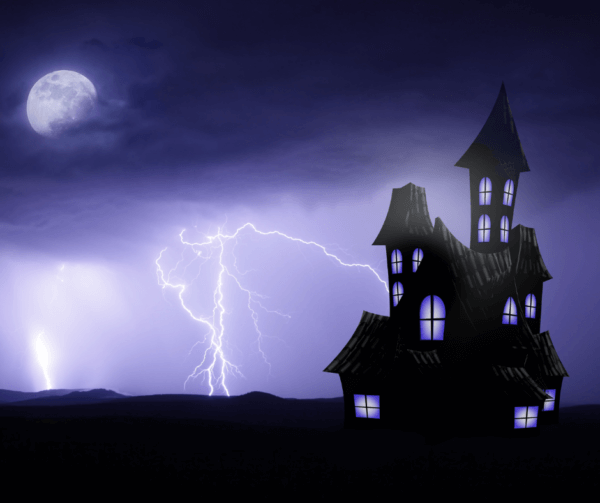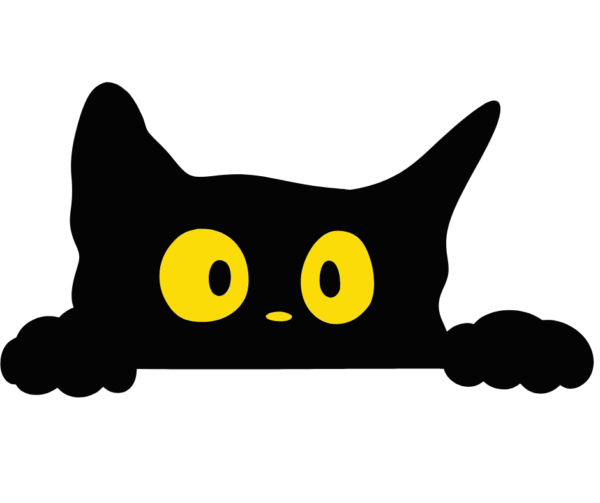Create Your Own Scary Music This Halloween!

Happy Halloween from Center Stage Music Center!! As we progress further into the final week leading up to Halloween (and close out the spooky season!), we invite all to celebrate at home by learning about the role that music plays in the iconic films of this season. Additionally, we have provided some details here about how to make your own spooky tunes at home!
As you may already know, music comprises a significant portion of Halloween. Your favorite family-friendly Halloween films, as well as your favorite adult horror flicks both utilize music to drive their plots forward and cue their audience to the various emotional arcs that their characters will soon face. Simply put, the music in these films are storytellers, crucial to the effect of the film.
This has remained true throughout the existence of horror films as we recognize them. Here is a brief explanation on “horror music” from PBS’s Sound Field (a great resource for music education):
As explained in the video, there are various ways in which horror music can be composed. During the 1960s and 1970s, producing music for horror films was a way for composers to experiment with harmony and instrumentation, and for progressive rock artists to produce film scores, such as those found in The Exorcist (1973) and Suspiria (1977), among others. Furthermore, in the 1980s, grunge, goth, metal, and skate-punk found their way into horror films, with such movies as The Return of the Living Dead (1985).
Cutting Room Music, a scoring company, have written about the recent trend in horror film production toward sound design over film scoring. This signals a new, wide-spread reliance on sound effects and jump scares over the orchestral themes that we have highlighted above.

However, classical instruments, like the pipe organ, the violin, the cello, and the upright bass, combined with electronic instruments, such as the theremin, the blaster beam, the synthesizer, and the ondes martenot, still create haunting scores. So how can you make your own horror score at home this Halloween?
Some recommend using dissonant intervals, minor harmonies and/or the tritone interval (also called the Devil’s Interval). In particular, the 2nd minor is used in scary music production for melodies and basslines. However, others recommend to forgo melody completely - as a melody has natural cadence points - to keep your audience surprised and unsure where the piece will progress. It is also recommended to add rhythmic dimension to increase your piece’s overall tension and suspense; pick an unusual time signature such as "Halloween"'s 5:4 or "Tubular Bells"' 7:8 (often found in this song but ever-changing!).
See here this breakdown of Sabrina Peña Young’s original piece “Strange Things In My Closet” for advice and tips. Scary music is a place of great experimentation so don’t forget to have fun with it! Additionally, as always, you can ask your teachers for advice and feedback on your pieces during your lessons. Here are some classic spooky themes for inspiration:
For the young ones at home, there are still some great family-friendly Halloween/Día de los Muertos films that use their scores and soundtracks in different ways. We recommend animated films, such as Coco, Paranorman, Nightmare Before Christmas, The Corpse Bride, and Coraline, and fun live-action films, like Twitches and the Halloweentown series. If we have missed any of your favorites, please comment below!
Please share the video links to any and all scary music creations you make this week in the comments below! Stay safe and enjoy the spooky season!
